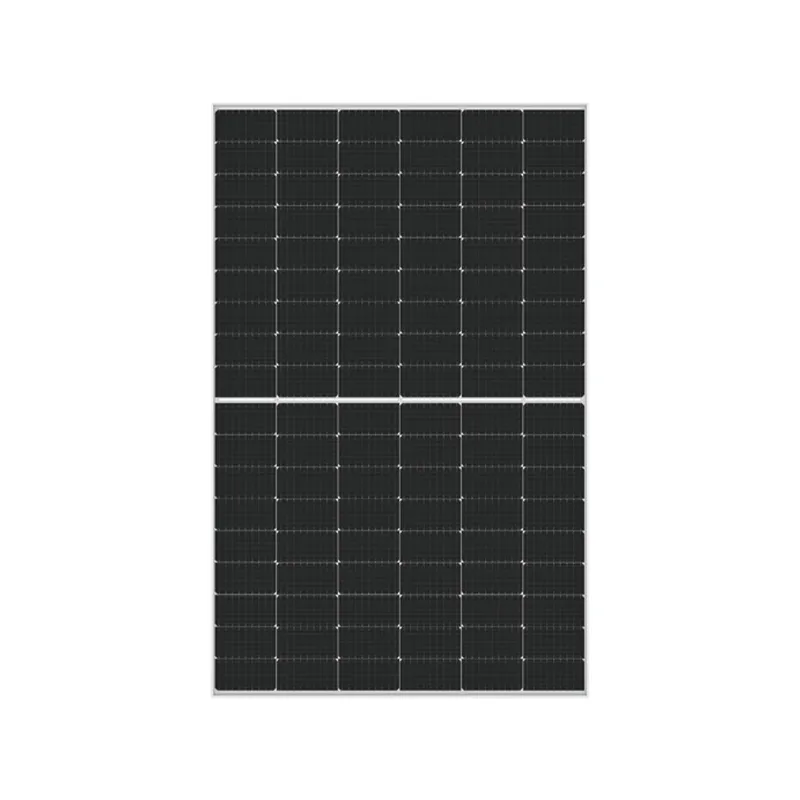Types of Solar Panels and Their Efficiency Ratings Explained
Understanding Solar Panel Types and Efficiency
As the world increasingly turns towards renewable energy sources, solar panels have emerged as one of the most promising technologies in harnessing solar energy. Solar panels are devices that convert sunlight into electricity, helping to reduce carbon footprints and dependence on fossil fuels. However, not all solar panels are created equal. They vary widely in terms of types and efficiency, which can significantly impact their performance and suitability for different applications.
Types of Solar Panels
There are primarily three types of solar panels available in the market monocrystalline, polycrystalline, and thin-film panels. Each type has distinct characteristics that make it suitable for specific situations.
1. Monocrystalline Solar Panels These panels are made from a single crystal structure and are known for their high efficiency and longevity. They generally have an efficiency rating of 15% to 22%, which is higher than other types. Monocrystalline panels are recognizable by their dark color and rounded edges. Their efficiency makes them ideal for areas with limited roof space as they require less space to produce the same amount of electricity.
2. Polycrystalline Solar Panels Made from multiple crystal structures, these panels feature a bluish hue and a more fragmented appearance. Polycrystalline panels have a slightly lower efficiency of 13% to 16%. However, they tend to be cheaper to manufacture and purchase. They are suitable for larger installations where space is not a constraint, making them ideal for suburban homes and commercial installations.
3. Thin-Film Solar Panels Unlike the crystalline panels, thin-film panels are made by depositing photovoltaic materials onto a substrate. These panels are lightweight and flexible, allowing them to be integrated into various surfaces, including building materials. Their efficiency ranges from 10% to 12%, which makes them the least efficient option. However, thin-film panels perform better in low-light conditions and high temperatures, making them a viable choice for certain environmental conditions.
Factors Affecting Solar Panel Efficiency
The efficiency of solar panels is affected by several factors, including
solar panel types and efficiency

1. Temperature Higher temperatures can decrease the efficiency of solar panels. Monocrystalline panels tend to outperform polycrystalline and thin-film panels in high-temperature environments.
2. Orientation and Angle The installation angle affects how much sunlight the panels receive. Typically, a tilt of 30–45 degrees towards the equator maximizes exposure to sunlight.
3. Shading Even partial shading on a solar panel can significantly reduce its efficiency. It is essential to consider the placement of trees, buildings, or other obstacles that may cast shadows on the panels.
4. Quality of Components The materials used in manufacturing solar panels play a crucial role in determining their efficiency and longevity. High-quality panels often come with better warranties and performance guarantees.
5. Installation Proper installation is critical. Panels must be installed correctly to ensure optimal tilt, orientation, and spacing to allow for air circulation, all of which contribute to overall efficiency.
Conclusion
Choosing the right type of solar panel is essential for maximizing energy production and optimizing investment returns. Monocrystalline panels offer the highest efficiency but may come at a higher cost, while polycrystalline panels provide a balance between price and performance. Thin-film panels are suited for specific applications, particularly where flexibility and lightweight materials are required.
Understanding the types of solar panels and the factors affecting their efficiency will empower consumers and businesses to make informed decisions. As technology advances, we can expect improvements in efficiency, durability, and cost-effectiveness in solar panel production, making solar energy an increasingly viable alternative for sustainable energy needs. Transitioning to solar energy not only contributes to a cleaner environment but also might offer long-term financial benefits for consumers willing to invest in this promising technology.
-
Unlocking Energy Freedom with the Off Grid Solar InverterNewsJun.06,2025
-
Unlock More Solar Power with a High-Efficiency Bifacial Solar PanelNewsJun.06,2025
-
Power Your Future with High-Efficiency Monocrystalline Solar PanelsNewsJun.06,2025
-
Next-Gen Solar Power Starts with Micro Solar InvertersNewsJun.06,2025
-
Harnessing Peak Efficiency with the On Grid Solar InverterNewsJun.06,2025
-
Discover Unmatched Efficiency with the Latest String Solar InverterNewsJun.06,2025







